Understanding Teeth Whitening Trays
Teeth whitening trays are a popular and effective method for achieving a brighter, more confident smile. They work by delivering a bleaching agent, usually hydrogen peroxide or carbamide peroxide, to the surface of your teeth. The active ingredient penetrates the enamel, breaking down the stains and discoloration that have accumulated over time. The duration for which you need to wear these trays depends on a variety of factors, ranging from the type of tray you are using to the severity of the staining and the concentration of the whitening agent. Understanding these aspects is crucial for achieving optimal results while minimizing potential side effects. This article will delve into the specifics of teeth whitening trays, helping you determine the ideal wear time for your particular needs.
Types of Teeth Whitening Trays
There are several types of teeth whitening trays available, each with its own set of characteristics and recommended wear times. The choice of tray often depends on your budget, the level of whitening desired, and the advice of your dentist. Understanding the differences between each type is essential to make an informed decision and to follow the appropriate usage guidelines.
Custom-Fitted Trays
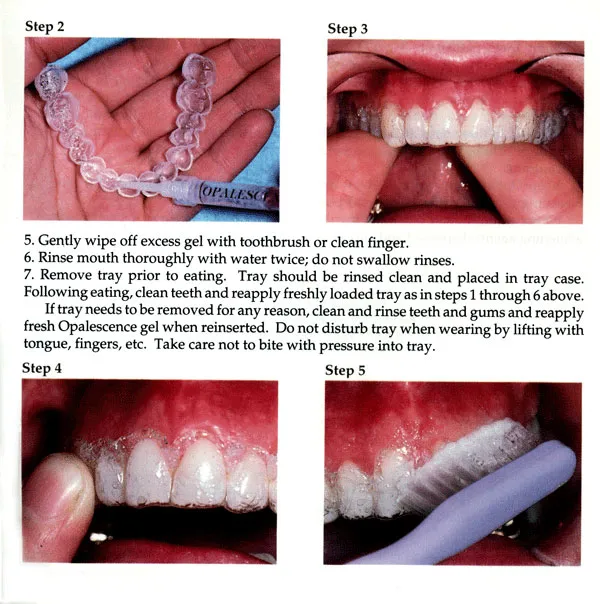
Custom-fitted trays are made by a dentist based on impressions of your teeth. These trays offer the most precise fit, ensuring the whitening agent comes into contact with all tooth surfaces while minimizing the risk of the gel leaking onto the gums. The snug fit also helps to maximize the effectiveness of the whitening process. Because they are professionally made, custom trays often provide more predictable results and a more comfortable experience compared to other options. The dentist can also prescribe a stronger whitening agent, potentially leading to faster and more dramatic results. The prescribed wear time will be specific to the strength of the whitening agent and the individual’s needs, but generally, wear time ranges from 30 minutes to a few hours per day, or even overnight, depending on the dentist’s recommendation.
Pre-Filled Trays
Pre-filled trays are a convenient option, often available over-the-counter or through a dentist. These trays come pre-loaded with a whitening gel, making them easy to use. While they offer a convenient alternative to custom trays, they may not fit as precisely, potentially leading to uneven whitening or increased gum sensitivity. The whitening agent concentration in pre-filled trays is generally lower than that used in custom trays to minimize the risk of irritation. Pre-filled trays are typically worn for the duration specified on the product packaging, usually around 30 minutes once or twice a day, or as directed by a dental professional. It’s essential to follow the manufacturer’s instructions carefully to achieve the desired results safely.
Over-the-Counter Trays
Over-the-counter (OTC) trays are the most readily accessible option, available in drugstores and online. These trays are typically generic and may not fit as snugly as custom-fitted or pre-filled trays. They usually contain a lower concentration of the whitening agent to ensure safety for a wider range of users. The lower concentration means that longer wear times may be required to achieve noticeable results. OTC trays usually require more frequent use, often for up to several hours a day, or as directed on the product packaging. While they are an affordable option, the results may not be as dramatic or long-lasting as those achieved with professional treatments. Consistency is key with OTC trays, as regular use over several weeks is often necessary to see a visible improvement in tooth whiteness.
Factors Affecting Wear Time

Several factors influence the recommended wear time for teeth whitening trays. Understanding these elements is essential to tailor your whitening regimen for optimal results and to avoid potential complications. The concentration of the whitening agent, the severity of the tooth staining, your level of tooth sensitivity, and how well you follow the instructions all play a role in determining the appropriate wear time. Paying close attention to these factors can help you achieve a brighter smile safely and effectively.
Concentration of Whitening Agent
The concentration of the whitening agent (typically hydrogen peroxide or carbamide peroxide) significantly affects the wear time. Higher concentrations of the active ingredient often require shorter wear times, as the bleaching process is more rapid. However, higher concentrations also increase the risk of tooth sensitivity and gum irritation. Custom trays, often prescribed by dentists, may use higher concentrations of whitening agents than over-the-counter products, which is why the dentist’s instructions on wear time are essential. Always adhere to the recommended wear time for the specific product to avoid potential damage to your teeth and gums. Using a lower concentration usually means a longer wear time to achieve the same results. It is better to go with the product with lower concentration if you have sensitive teeth.
Severity of Staining
The severity of tooth staining is another critical factor determining the wear time. Teeth with more severe staining, caused by factors such as coffee, tea, smoking, or certain medications, may require longer treatment periods and, in some cases, longer wear times to achieve the desired results. Conversely, individuals with minimal staining may see results more quickly. It is important to note that some types of stains, such as those caused by tetracycline antibiotics, may be more difficult to remove and may require a professional treatment plan and extended wear times. Consulting with a dentist can help you understand the nature of your stains and determine the most appropriate treatment plan to fit your needs.
Tooth Sensitivity
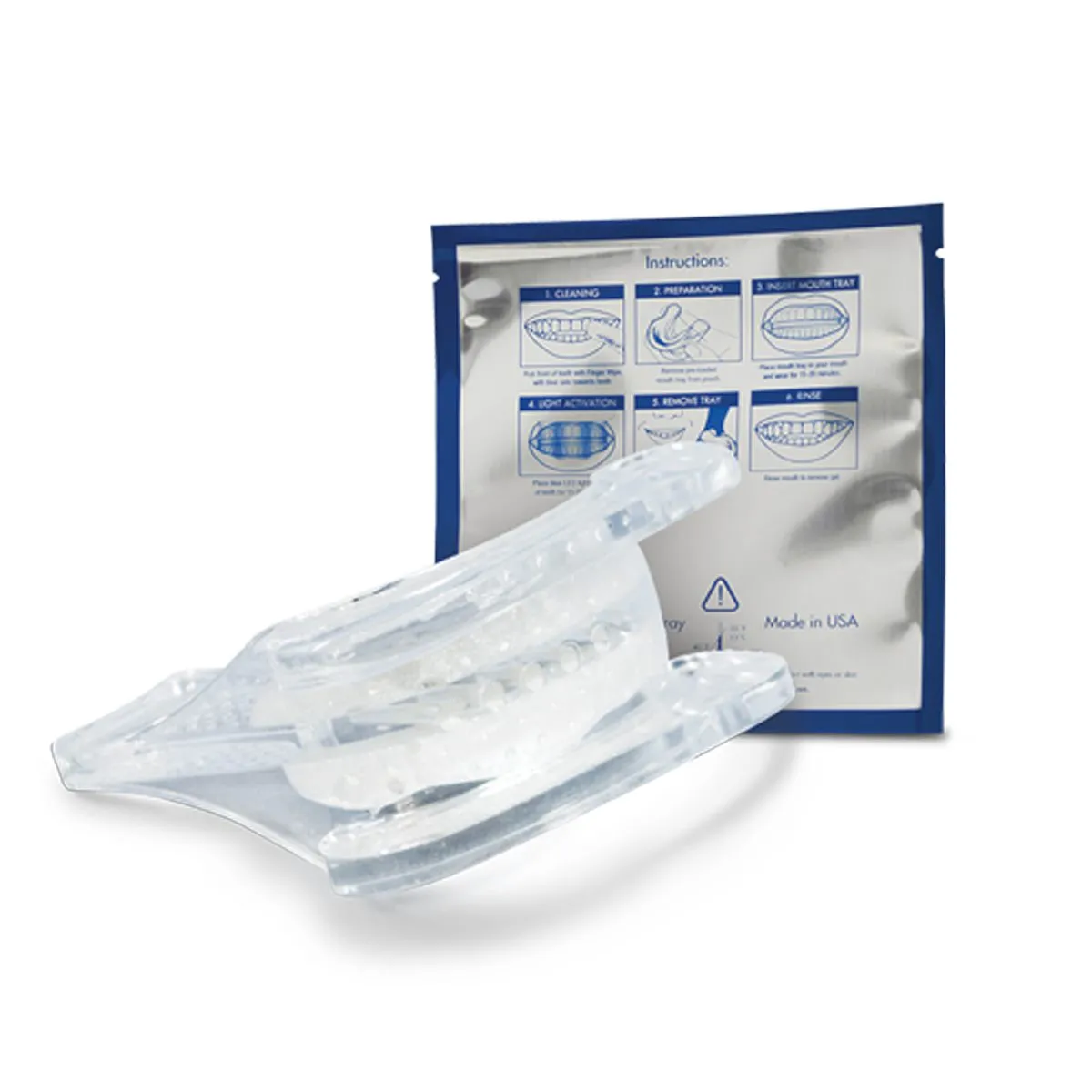
Tooth sensitivity is a common side effect of teeth whitening. If you experience tooth sensitivity, you may need to reduce the wear time or use a lower concentration of the whitening agent. Your dentist may also recommend using a desensitizing toothpaste containing potassium nitrate or fluoride, which can help to block the nerve endings in your teeth, reducing the pain. It’s essential to listen to your body and adjust the treatment accordingly. If the sensitivity is severe or persistent, discontinue the treatment and consult your dentist. Ignoring sensitivity can lead to discomfort and potentially more serious dental issues. Adjusting your wear time or concentration under professional guidance will help you mitigate sensitivity and achieve a brighter smile comfortably.
Following Instructions
Carefully following the instructions provided with your teeth whitening trays is paramount for both safety and effectiveness. These instructions are designed based on the product’s formulation and the expected results. Ignoring these instructions can lead to under-whitening, over-whitening (potentially causing tooth damage or increased sensitivity), and overall unsatisfactory results. The instructions typically include the recommended wear time, frequency of use, and any specific preparation or aftercare steps. Always adhere to the manufacturer’s guidelines or, if using a custom tray, the dentist’s instructions, to get the best results while minimizing potential risks. When in doubt, consult your dentist or the product’s customer support for clarification.
General Guidelines for Wear Time
While the specifics vary depending on the type of tray and the whitening agent used, there are some general guidelines for wear time. However, these are approximate, and the best practice is to follow the specific instructions provided with your chosen teeth whitening product or recommended by your dentist. Always prioritize your oral health and any sensitivity you experience.
Custom Trays Wear Time
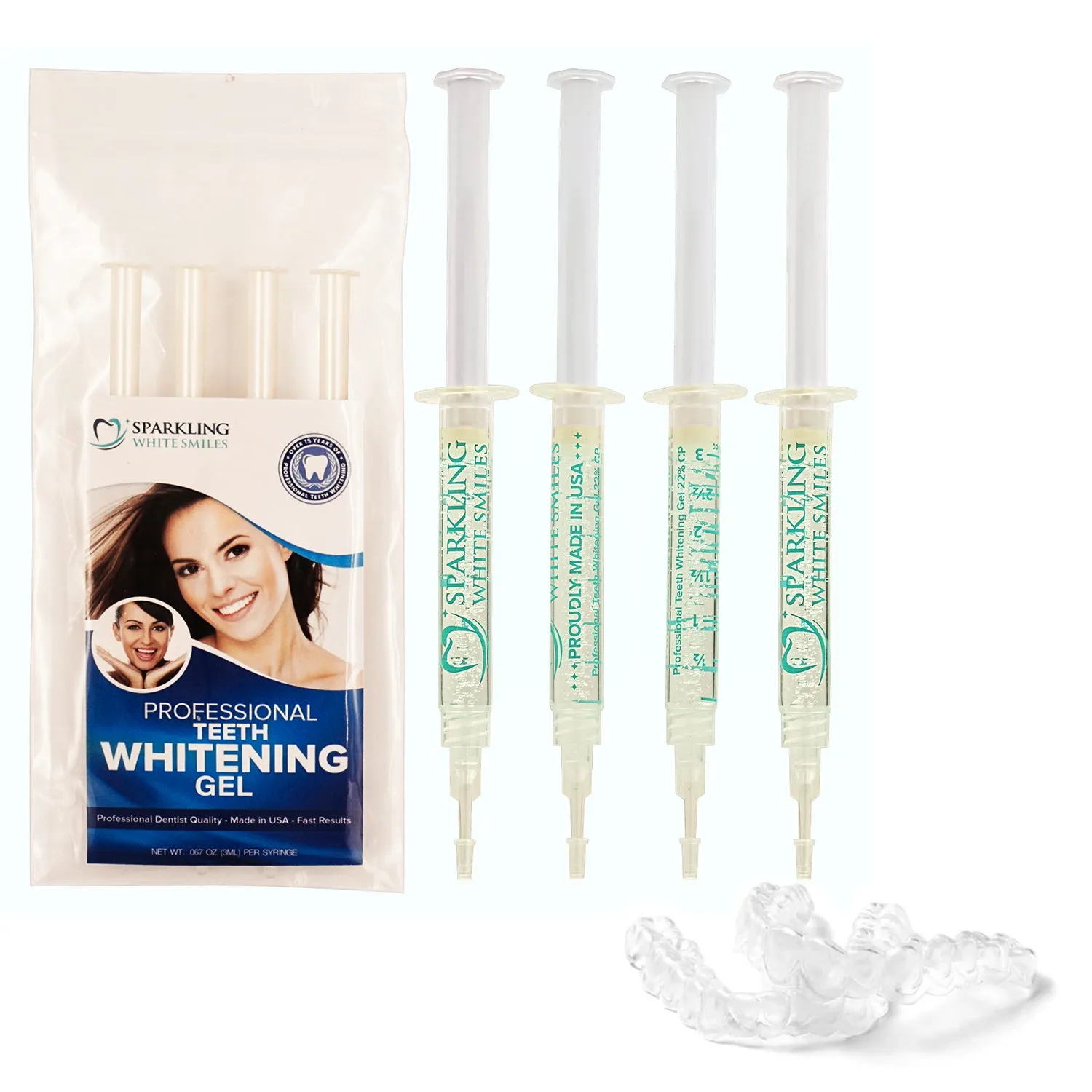
Custom trays typically require shorter wear times compared to over-the-counter options, often ranging from 30 minutes to a few hours daily, or even overnight, depending on the strength of the whitening agent. Your dentist will determine the optimal wear time based on your individual needs, the concentration of the whitening agent, and the severity of your tooth staining. Always follow your dentist’s specific instructions. Some dentists might recommend wearing the trays for a week or two, while others might suggest a longer course depending on your progress.
Pre-Filled Trays Wear Time
Pre-filled trays, due to the typically lower concentration of whitening agents, generally require wear times of around 30 minutes to an hour, once or twice a day. The specific instructions will be detailed on the product packaging. These trays are designed for convenience, so the wear time is typically shorter than that of OTC trays. Adhering to the recommended usage duration helps to achieve optimal results while minimizing the risk of any side effects.
Over-the-Counter Trays Wear Time
Over-the-counter trays, with their lower concentrations, typically require wear times of several hours a day, or even overnight, depending on the specific product. Because the whitening agent is less potent, a longer exposure time is needed to achieve noticeable results. Always consult the product’s instructions for the exact duration. Keep in mind that OTC trays may yield less dramatic results compared to professional treatments, but consistency is key. You may need to use these trays for several weeks to see a significant improvement in the brightness of your teeth.
Maximizing Results and Avoiding Issues
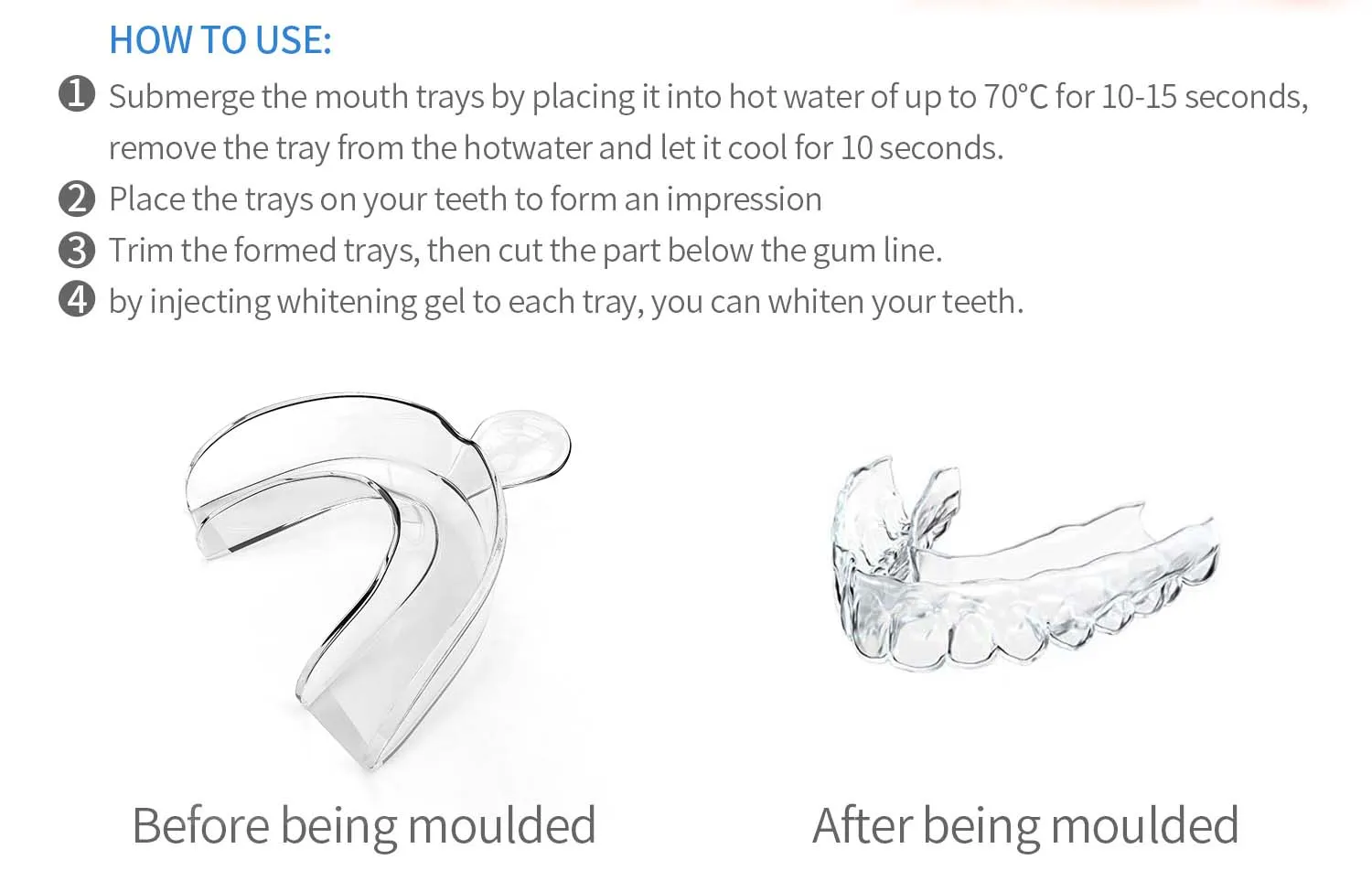
To maximize the effectiveness of your teeth whitening treatment and minimize potential issues, it is crucial to follow the instructions carefully. There are several key practices that can help you achieve the desired results and protect your oral health. Proper tray cleaning, managing any tooth sensitivity, and avoiding certain foods and drinks during and after treatment are essential steps. Being mindful of these factors will ensure a safe and effective whitening experience.
Proper Tray Cleaning
Keeping your teeth whitening trays clean is essential for maintaining good oral hygiene and ensuring the effectiveness of your treatment. After each use, rinse the trays thoroughly with cool water and gently brush them with a soft-bristled toothbrush and mild soap or toothpaste. This helps to remove any residual whitening agent and prevent the buildup of bacteria. Avoid using hot water, as this can warp the plastic. Be sure to allow the trays to air dry completely before storing them in a clean, dry place. Regular cleaning prevents the growth of bacteria and helps the trays last longer. Proper tray cleaning also prevents the whitening agent from being re-introduced to your teeth, which could cause sensitivity.
Managing Sensitivity
Tooth sensitivity is a common side effect of teeth whitening. If you experience sensitivity, there are several steps you can take to manage it. First, consider reducing the wear time of your trays. You could use the trays for a shorter duration each day or skip a day if needed. Using a desensitizing toothpaste containing potassium nitrate or fluoride can also help to block the nerve endings in your teeth, reducing the pain. Apply this toothpaste to your teeth before using the trays. Avoiding extremely hot or cold foods and drinks during and after your whitening treatment can also help to minimize sensitivity. If the sensitivity persists or becomes severe, consult with your dentist. They may recommend other treatments, like applying fluoride to the sensitive areas, or adjust your treatment plan accordingly.
Avoiding Foods and Drinks
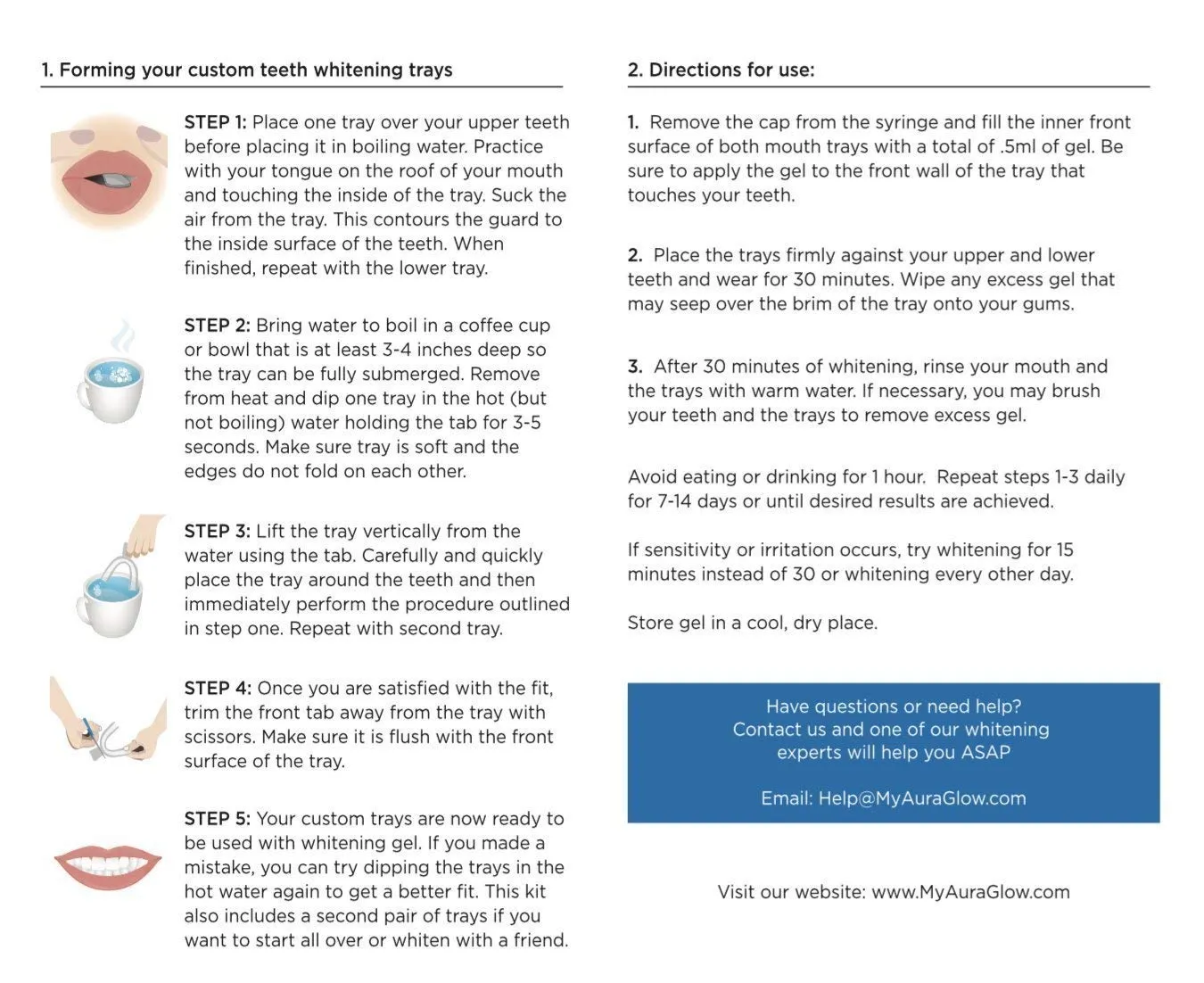
During and immediately after teeth whitening treatment, it’s crucial to avoid foods and drinks that can stain your teeth. These include coffee, tea, red wine, dark juices, and heavily pigmented foods like berries and curries. These items contain color pigments that can easily penetrate the enamel of your teeth when it is temporarily porous after the whitening process. Instead, choose white or lightly colored foods and drinks, such as milk, water, white rice, chicken, and fish. It’s advisable to continue avoiding staining foods and drinks for at least a week or two after completing your whitening treatment to maintain your results. This helps the enamel to re-mineralize and seal the pores, preventing new stains from setting in. Following this dietary guideline will significantly extend the longevity of your brighter smile.
When to Consult a Dentist
While teeth whitening trays are generally safe, there are situations when you should consult a dentist. It’s essential to recognize the signs of potential problems and seek professional advice when necessary. Your dentist can evaluate your specific needs and ensure your treatment is both safe and effective. Regular dental check-ups are crucial to maintain your oral health and achieve optimal results.
Signs of Problems
Several signs indicate that you should consult your dentist. If you experience severe tooth sensitivity or gum irritation that persists, it is crucial to seek professional advice. Excessive sensitivity can signal that the concentration of the whitening agent or the wear time is too high. Other warning signs include persistent pain, changes in the appearance of your gums, or any unusual symptoms. Do not ignore any discomfort or changes in your oral health. If you notice any of these symptoms, discontinue using the trays and schedule an appointment with your dentist. They can assess the situation, determine the cause of the problems, and adjust your treatment plan or recommend alternative approaches.
Alternative Whitening Options
If teeth whitening trays are not suitable for you, or if you’re not achieving the desired results, your dentist can suggest several alternative whitening options. These include in-office whitening treatments, which use a higher concentration of whitening agent and are performed under professional supervision. Another option includes whitening toothpaste and mouthwashes, which can help remove surface stains and maintain your brighter smile. For more severe cases of discoloration, your dentist may recommend dental veneers or crowns, which cover the surface of your teeth. Consider your dentist the best resource for creating a plan to whiten your teeth. Consulting with your dentist will allow you to explore other possibilities to get the smile you desire.
